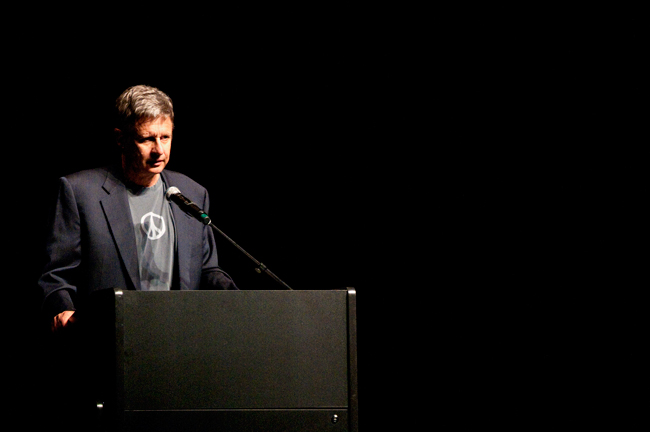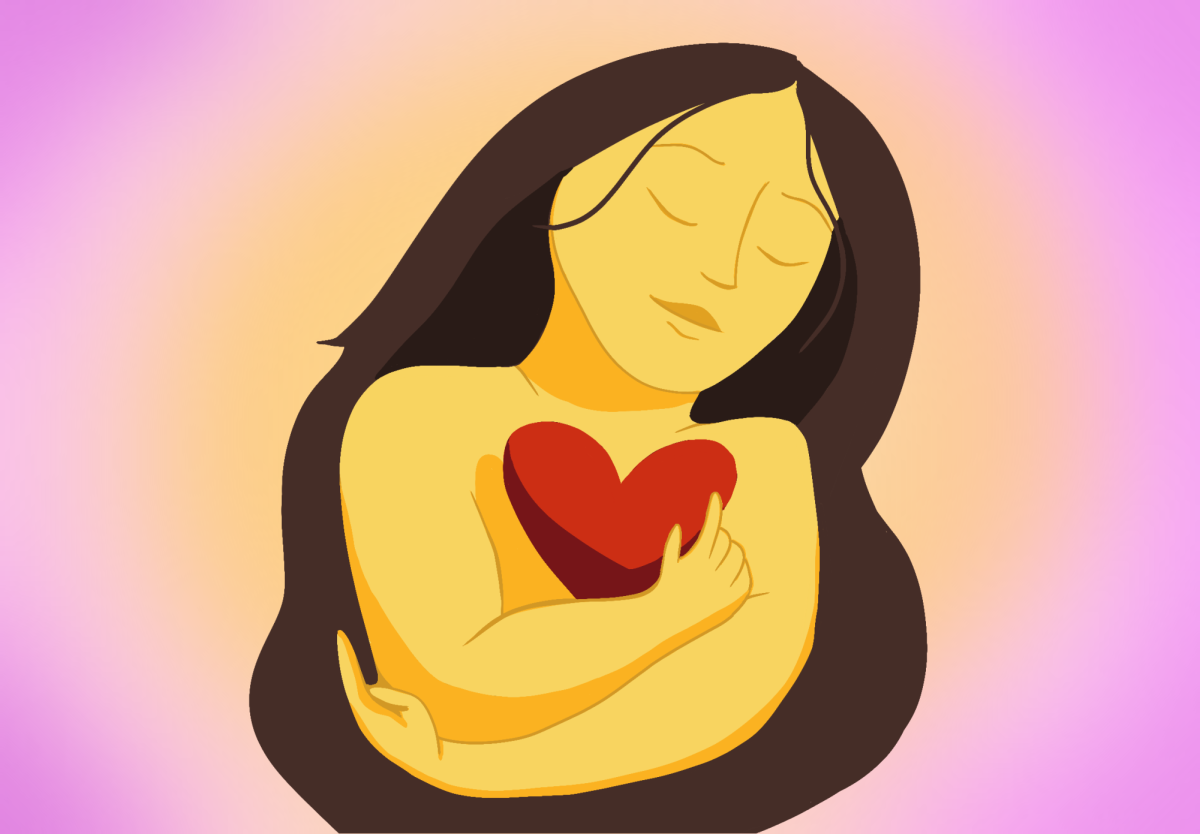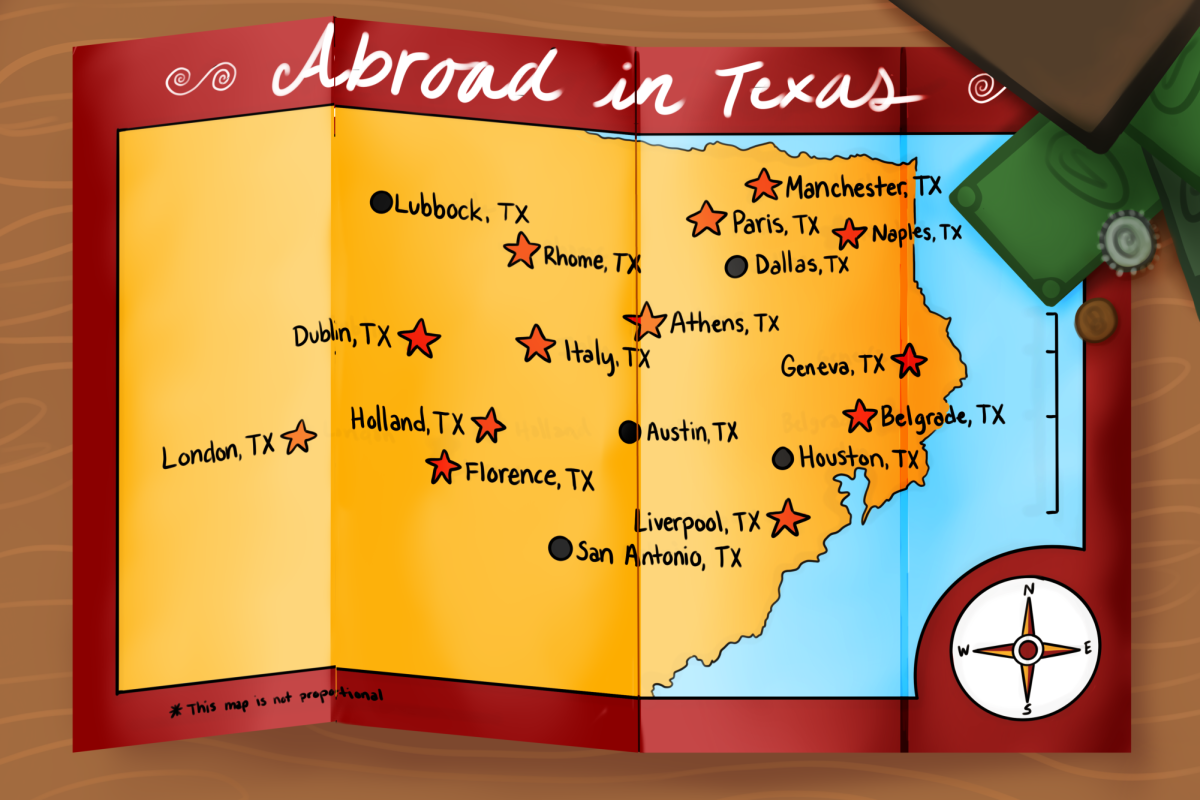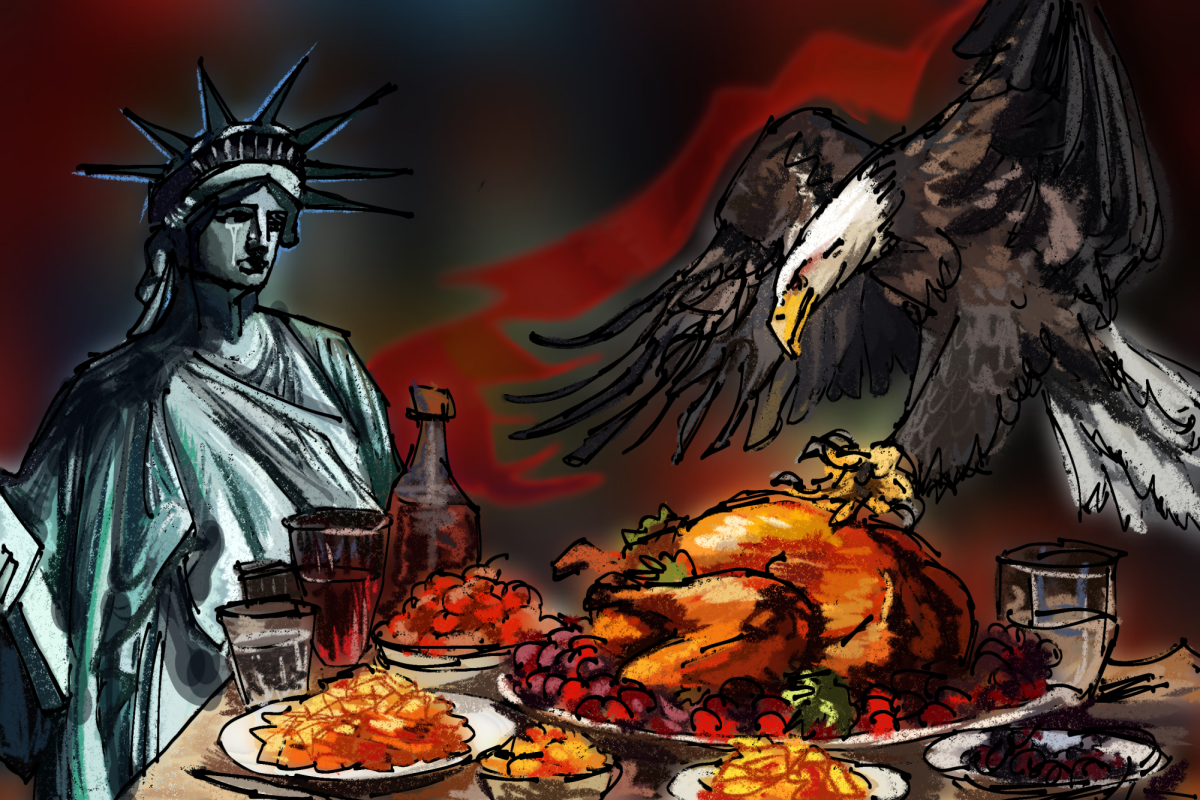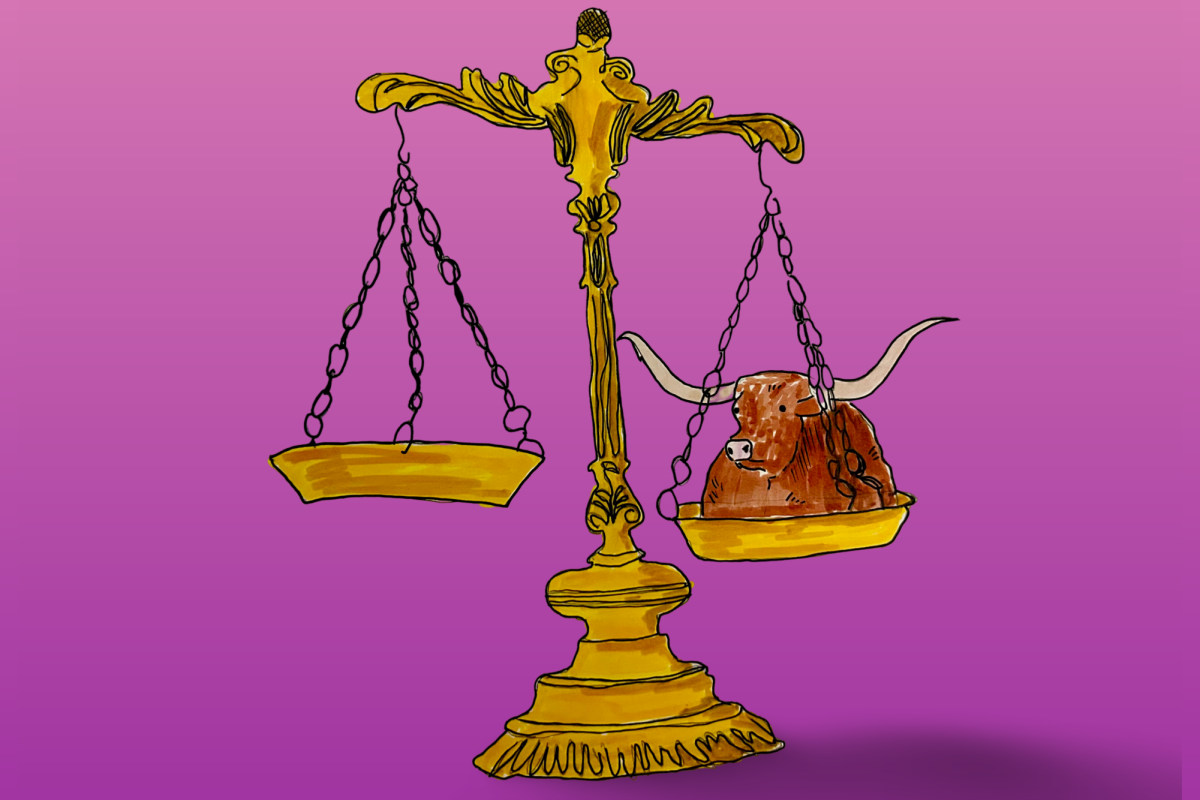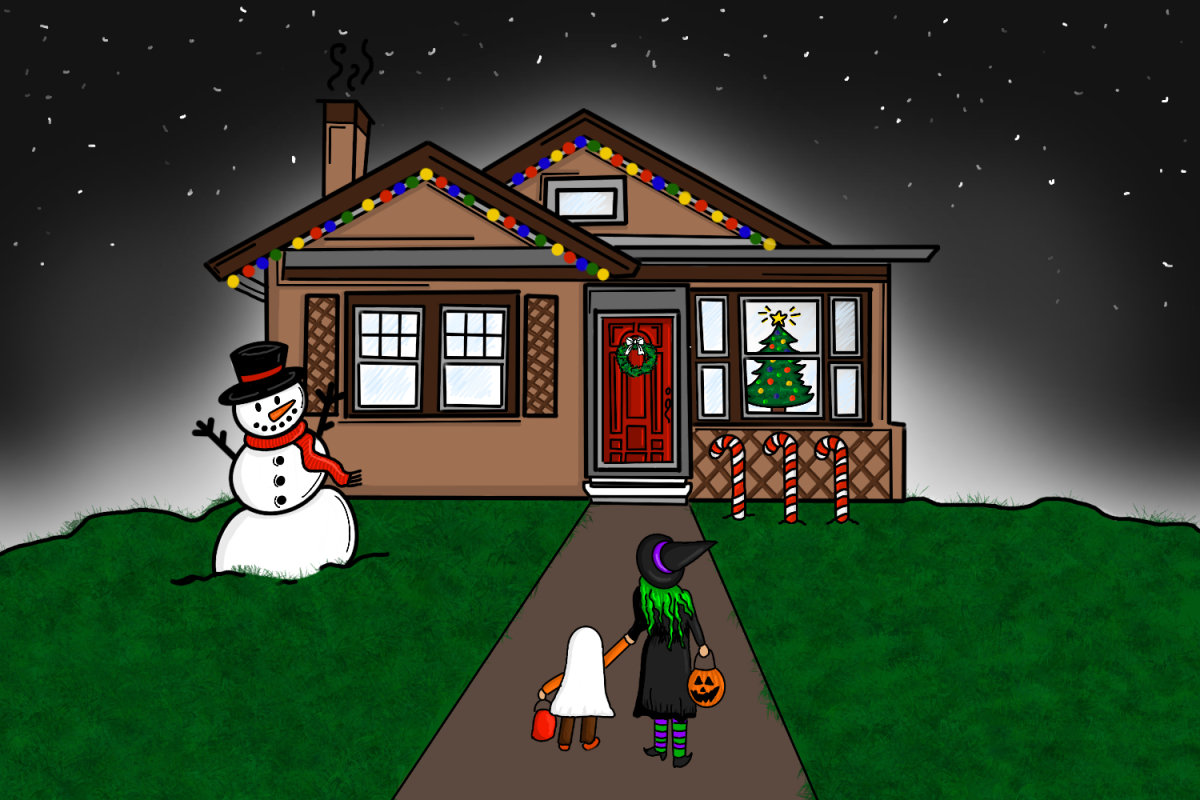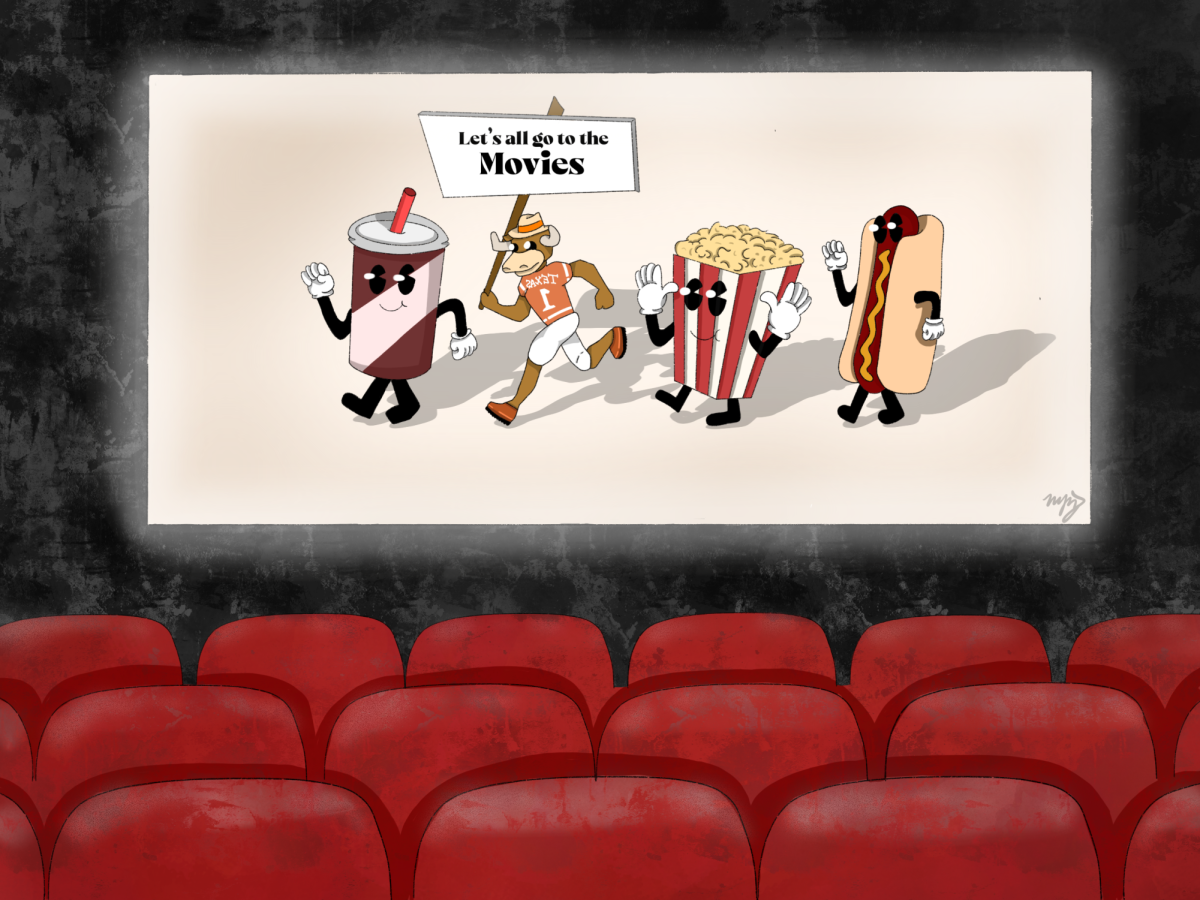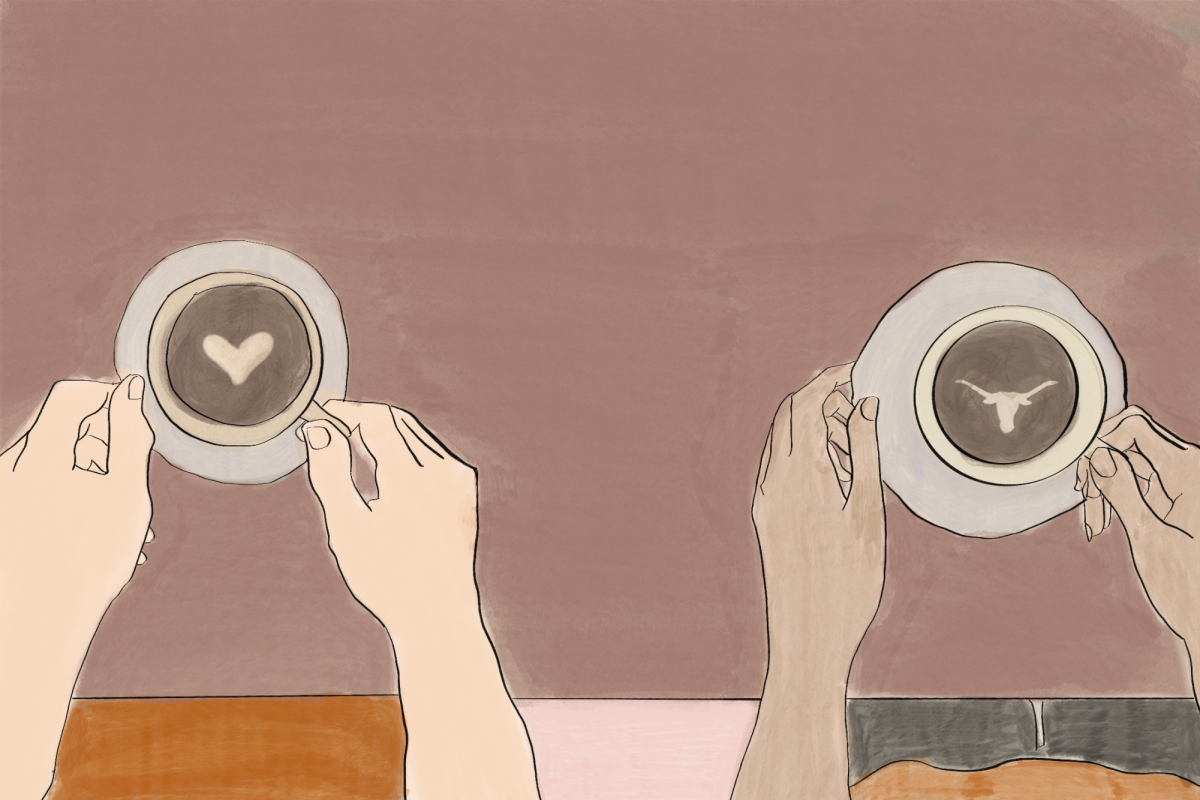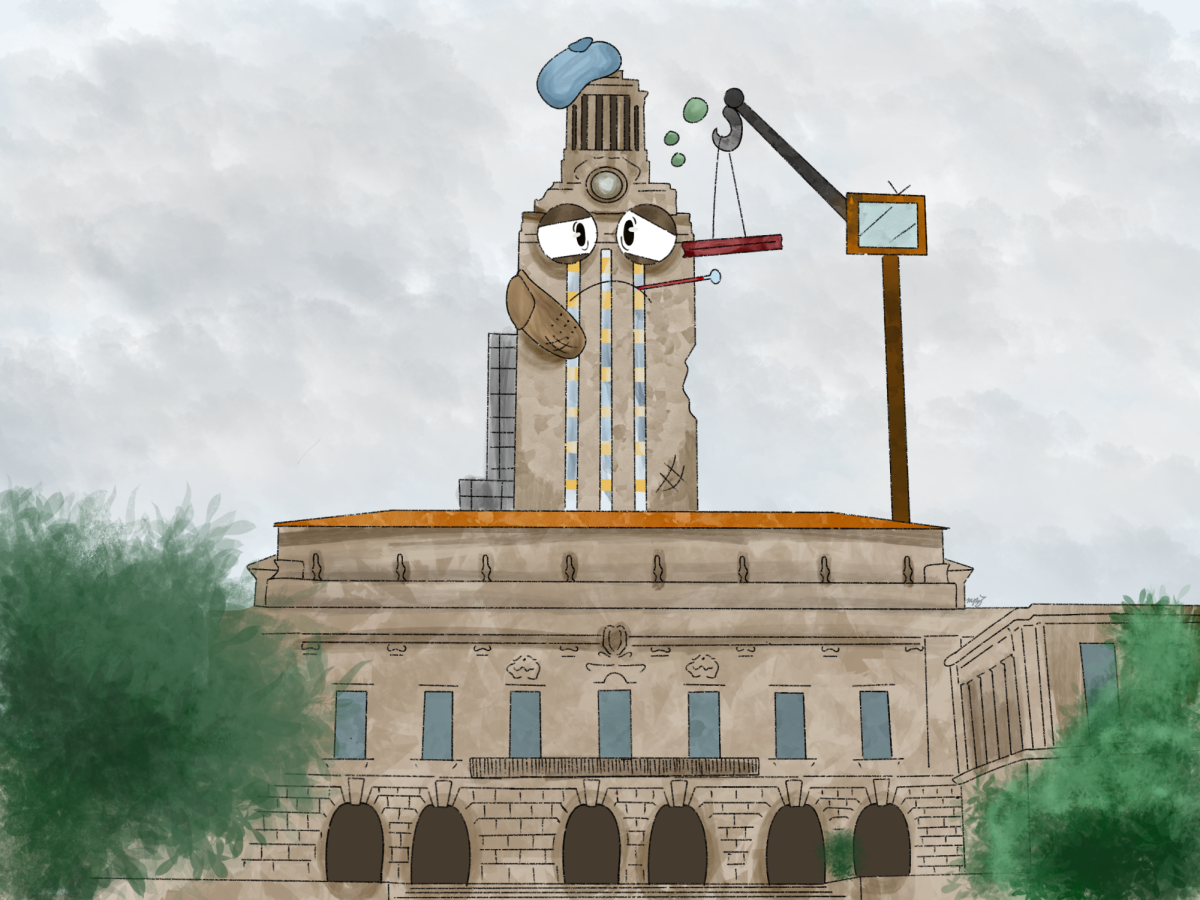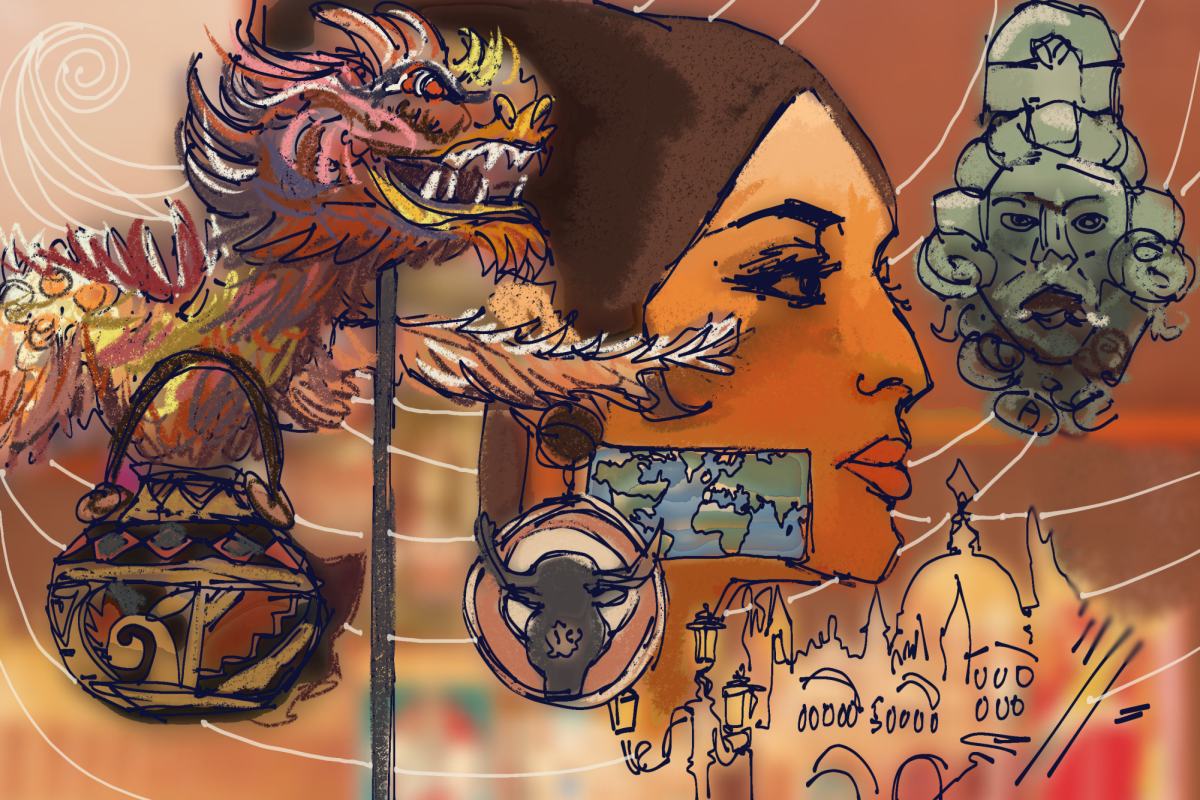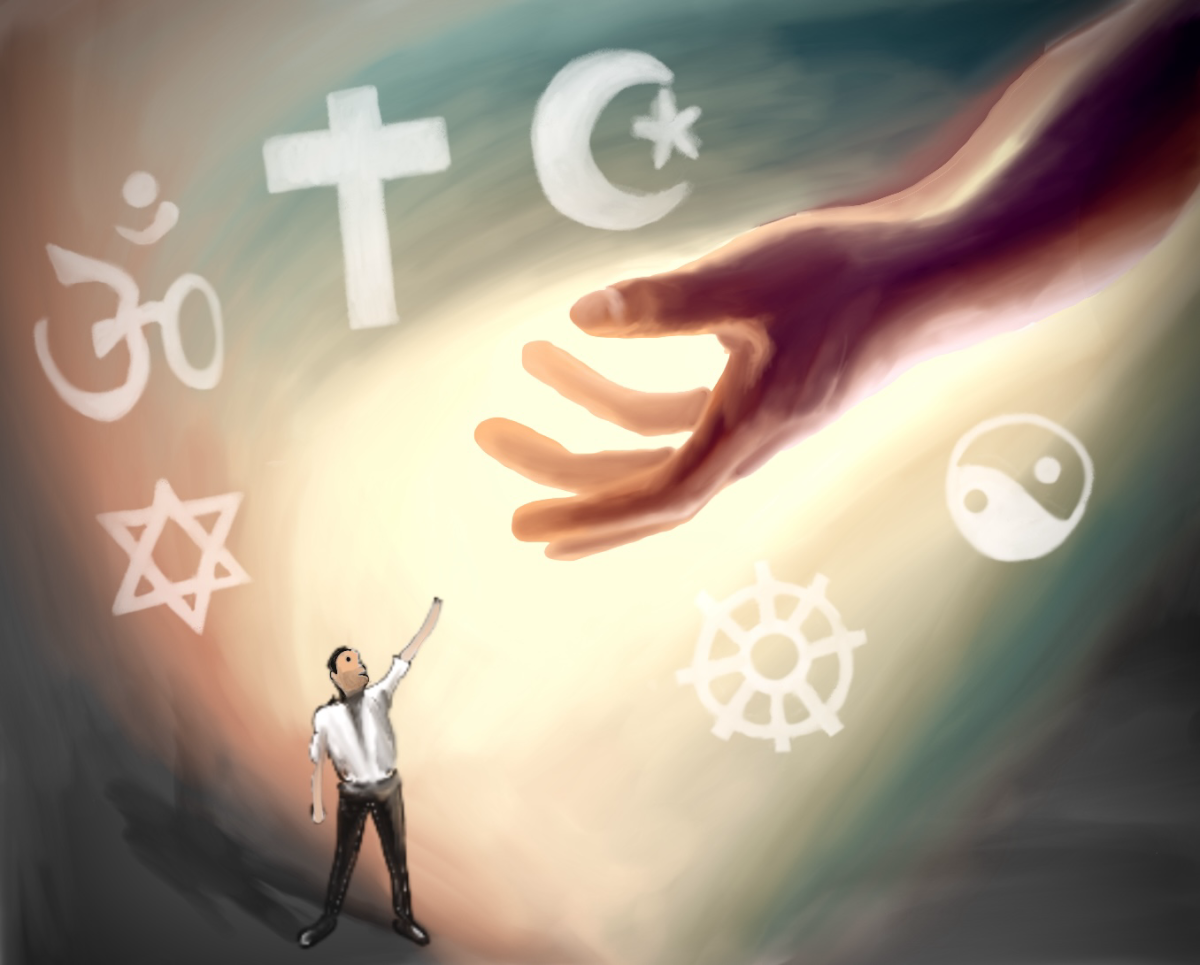Apparently, everyone is sick of the two-party system. People crave a third party alternative, but as that system’s most fervent critics will tell you, all the forces of the establishment are colluding to prevent the rise of the post-partisan savior we’ve all been waiting for. They conspire to keep Gary Johnson, the Libertarian Party presidential candidate, out of the debates, but near a microphone whenever he’s stricken by one of his legendary, spontaneous bouts of amnesia. They smear Jill Stein, the Green Party presidential candidate, with pesky facts about her platform and her lack of experience. And all the while, they ruthlessly force us to choose between the lesser of two evils, each selected through the deceptive and authoritarian process of voting in primary elections.
But fear not, for at last this system is coming to an end. This year, the major party candidates are more unpopular than ever. Voters will flock to the sensible alternatives offered by third parties and Independent candidates, heralding the dawn of a new, more pluralistic era in American politics.
Except that hasn’t happened.
If there were really such an appetite for third parties in the United States, you would expect today’s most popular third parties to gather strength amid a rising tide of grassroots support. Instead, although Johnson is doing well in the polls compared to his 2012 showing, he never crossed the 15 percent threshold required to participate in the debates. Moreover, Johnson’s poll numbers have been declining for over a month now — from 9.2 percent in September to 4.7 percent today. Stein’s poll numbers are declining, too. As the election draws near, voters aren’t balking at the major party candidates — they’re embracing the choice they face. Despite all the talk of widespread voter dissatisfaction, 75 percent of Americans actually like at least one of the major party candidates.
Of course, Johnson and Stein would argue that the system is rigged against them. But the best explanation for why this country hasn’t embraced third parties is that most Americans simply don’t share their views. They see a larger role for the federal government than the Libertarians do and a larger role for free enterprise than the Greens do. As a matter of fact, in a nation where 78 percent identify as liberal, moderate or conservative, and just 15 percent identify as very liberal or very conservative, there are only two parties that together encompass the views of the vast majority of Americans: The Democrats, who represent the center-left, and the Republicans, who (ostensibly) represent the center-right.
And in the end, it’s a much better system than it gets credit for. Any fewer parties and there would be no contest of ideas. Any more and there would be political fragmentation as each party struggled to reach a majority. With two parties, competition is fierce, but new ideas and minority opinions are cultivated rather than allowed to stagnate in tiny, single-issue parties that will never achieve electoral success — resulting in a political system that is actually more pluralistic, not less.
Groves is a

